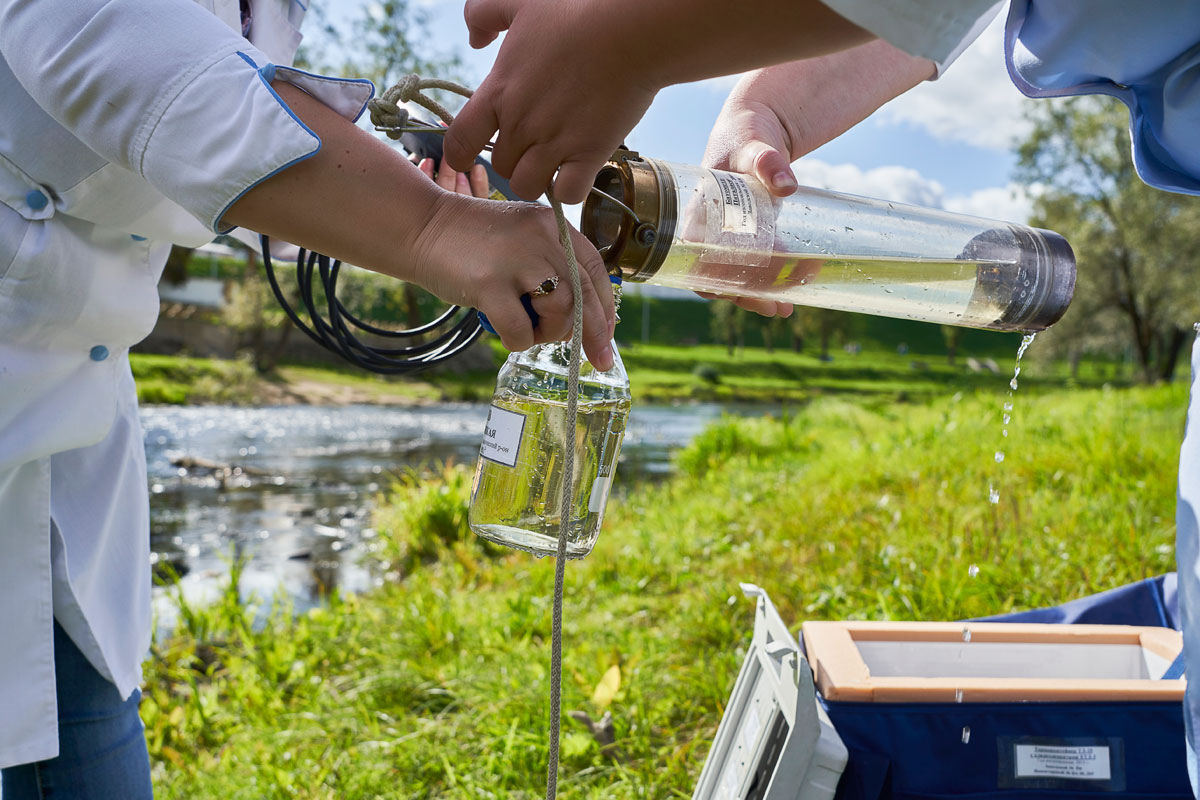
Matters needing attention in collecting water samples with volatile phenols in water
(1) Oxidizers, oils, sulfides, organic or inorganic reducing substances, and aromatic amines in water samples can interfere with the determination of volatile phenols. You must pay attention to them when collecting and testing.(2) The water sample of volatile phenol must be tested within 4 hours after sampling. If conditions do not permit, you can add a fixative. Add 2g of NaOH per liter of the water sample to be tested to make the pH of the water sample>12, and then store it at 4°C. Note that the storage time should not exceed 24 hours.
(3) When it is uncertain whether there is an oxidant in the water sample, it can be judged by acidifying the water sample and dropping it on the potassium iodide starch test paper. If it appears blue, it indicates the presence of an oxidant (such as free chlorine). Excessive ferrous sulfate can be added to eliminate it.
(4) When the water sample contains a small amount of sulfide, it can be acidified with phosphoric acid and added with an appropriate amount of copper sulfate to generate copper sulfide and be removed. When the content is high, after the sample is acidified with phosphoric acid, it should be stirred and aerated in a fume hood to generate hydrogen sulfide and escape.
(5) When the water sample contains oil, the sample can be transferred to a separatory funnel, after standing to separate the slick oil, add granular sodium hydroxide to adjust to pH=12-12.5, and immediately extract with carbon tetrachloride (Extract twice with 40mL carbon tetrachloride per liter of sample), discard the carbon tetrachloride layer, transfer the extracted sample into a beaker, and heat on a water bath to remove residual carbon tetrachloride. Then adjust to pH=4 with phosphoric acid.
(6) If the water sample contains volatile acids, the pH of the distillate can be reduced. If necessary, adjust the distillate to neutral with ammonia before adding a buffer solution.
(7) The water sample contains organic or inorganic reducing substances such as formaldehyde and sulfite. You can divide an appropriate amount of the sample into the separatory funnel, add 0.5mol/L sulfuric acid solution to make it acidic, and add 50mL, 30mL, 30mL of ether was used to extract the phenol, the ether layer was combined in another separatory funnel, 4mL, 3mL, 3mL of 10% sodium hydroxide solution was added in portions for back extraction, so that the phenols were transferred to the sodium hydroxide solution. Combine the alkaline solution extracts, transfer them to a beaker, place them on a water bath and heat to remove residual ether, and then dilute the alkaline extracts with phenol-free water to the volume of the original sample. Ether is a low boiling point, flammable, and anesthetic organic solvent. Be careful when using it. There should be no open flame within 3m of it, and it should be operated in a fume hood. When the room temperature is relatively high, the sample and ether should be placed in an ice-water bath to cool down before the extraction operation. Each extraction should be completed as soon as possible.
(8) Aromatic amines can also produce orange reaction with 4-azaantipyrine and interfere with the determination of phenol. Generally, under acidic conditions, it can be separated from it by pre-distillation, if necessary, it can be distilled under the condition of pH<0.5 to reduce its interference.
The above is the matters needing attention when testing water quality volatile phenol sampling.



